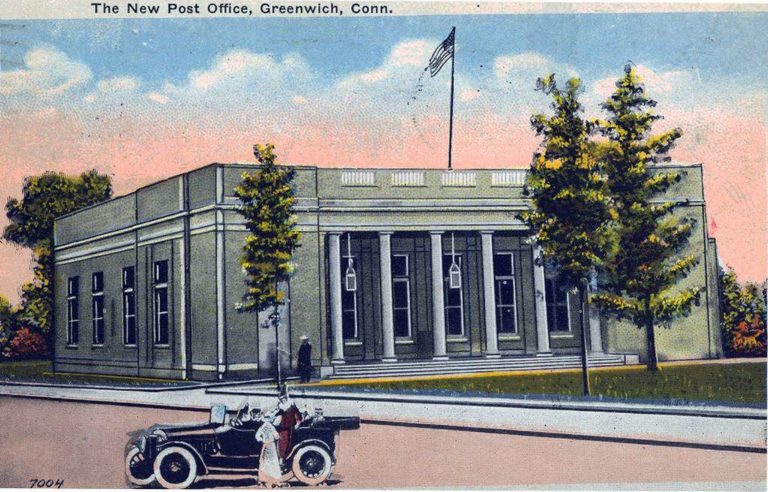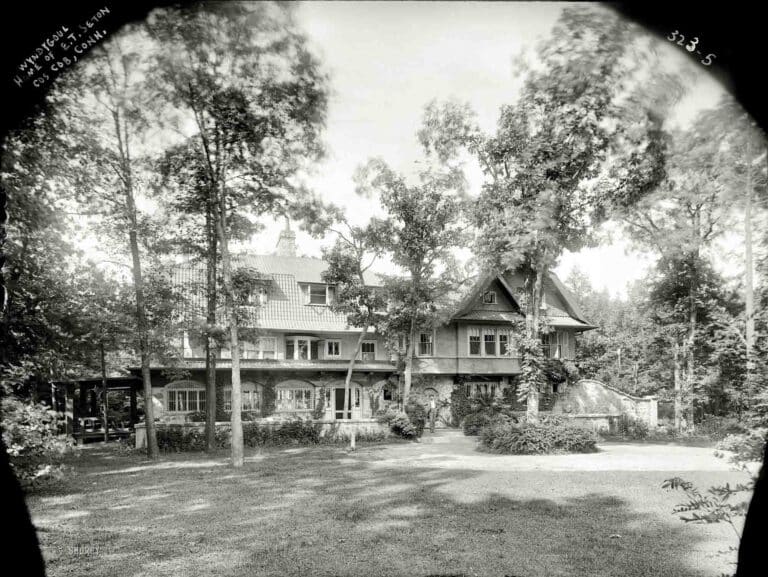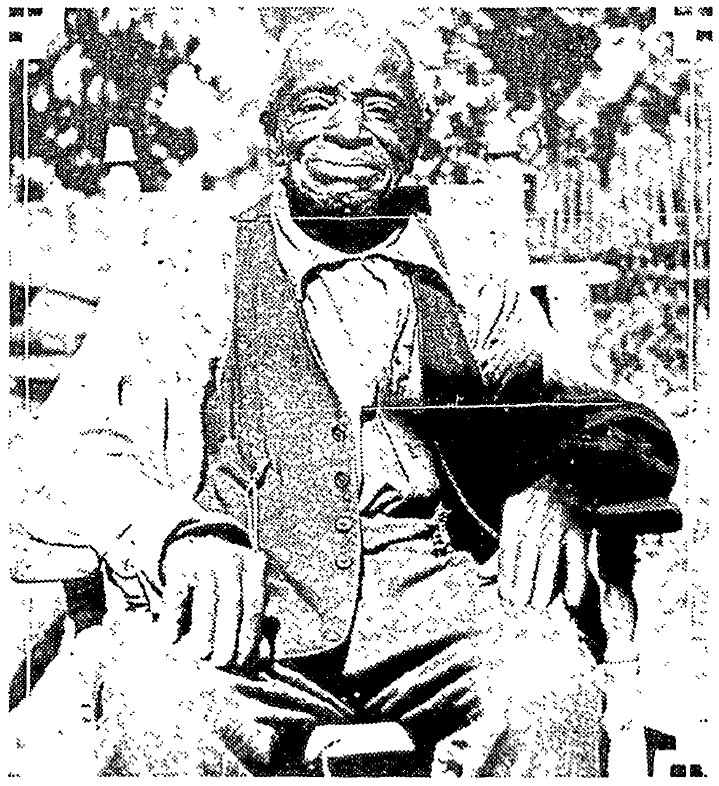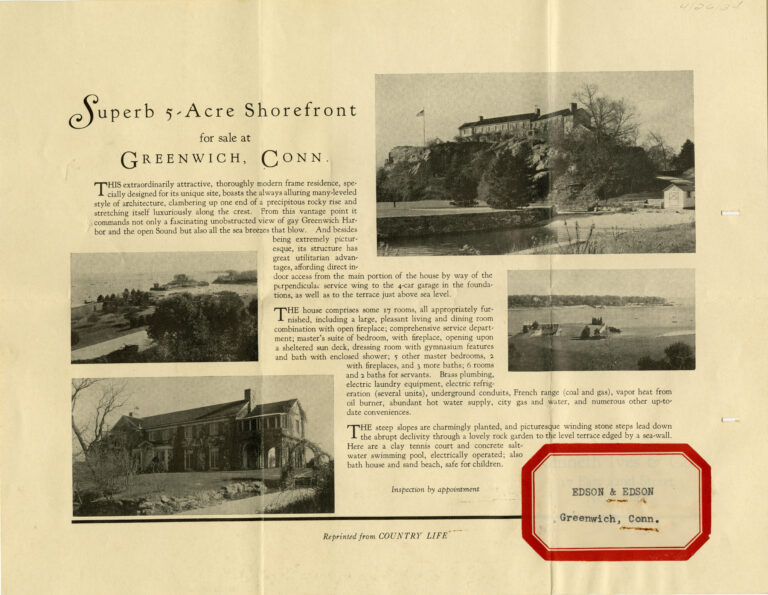What was once unimaginable became reality for the citizens of Greenwich in 2011 — the venerable Post Office on Greenwich Avenue was — FOR SALE!
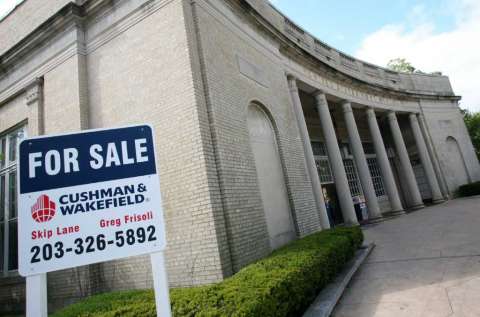
In July of that year, the United States Postal Service announced a plan to close about 3,700 small post offices: the one in Greenwich was officially on the block.
Would the 100-year-old neo-Classical building be demolished and replaced with a cookie-cutter retail mall? Or, would someone step up to preserve it for posterity?
While included on the National Register of Historic Places, that designation alone could not prevent its demolition. Therein lay the rub.

Fortunately, Greenwich Retail LLC, who envisioned a successful pairing of the old with the new, purchased the property and the building for a sum of $15 MM. Not only was the structure spared from the wrecking ball, but the exterior was faithfully restored and the interior masterfully repurposed as an elegant retail emporium.
At the turn of the twentieth century, the triangle that forms the intersection of Arch Street and Greenwich Avenue was owned by Henry O. Havemeyer, the “Sugar King”. In 1909, his wife, Louisine, donated the apex of the plot to the town for use as a public park and sold the adjacent property to the United States government for the construction of a new post office. It took seven years, but by 1916, the brand-new edifice, with its Beaux-Arts flair, was the toast of the town!
The nomination form for the National Register contains this eloquent description:
“The Post Office [is] a one-story buff-brick edifice facing the triangular Memorial Plaza Park, formed by the acute angle of Greenwich Avenue’s intersection with Arch Street This corner is complemented by the Post Office’s concave facade, which consists of a long-recessed portico flanked by end bays distinguished with an arched niche. The neo-Classical design also features foliated capitals on the columns and pilasters and a parapet punctuated by a series of symmetrically placed balustrades.“
The architect of this building is listed as James A. Wetmore, a lawyer who secured a political appointment as Acting Supervising Architect of the U. S. Office of the Supervising Architect of the Treasury Department. In actuality, the head of the Engineering and Drafting Division at the time was Louis A. Simon who designed and oversaw hundreds of projects from 1915-1933, including the construction of the IRS Building in Washington, DC.
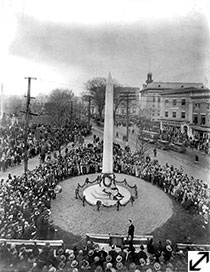
A decade later in 1927, Greenwich dedicated a monument in the small town park in memory of the 30 townsmen who died and in honor of the 1,200 who served in the Great War. The 40-foot tall, three-sided obelisk designed by Charles A. Platt “not only accentuates the acute angle of the street intersection but contrasts with the relatively low form of the post office.”
. . .

